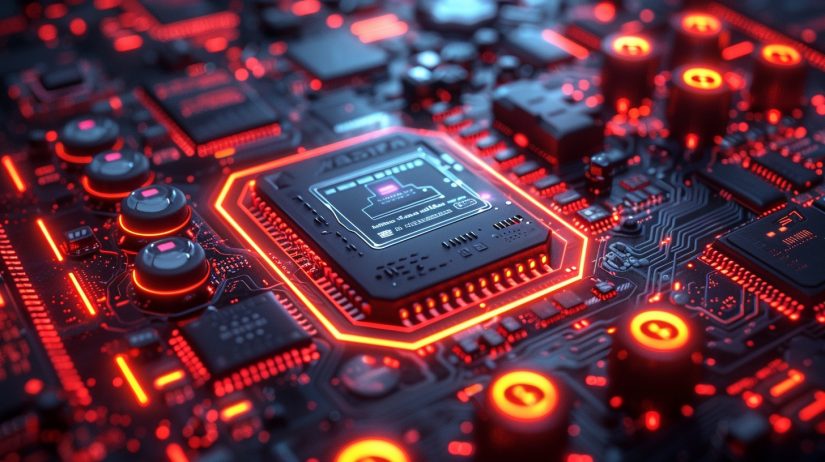Cross-chain gaming leverages interoperability protocols to enable seamless transfer of in-game assets and data across multiple blockchains. This technology is driving Web3 innovation in sectors like DeFi, NFTs, gaming, and social applications.
Much like the evolution from isolated intranets to today’s interconnected Internet, cross-chain technology is unifying the fragmented multi-chain ecosystem. Solutions like the Cross-Chain Interoperability Protocol (CCIP) and tools such as the Arbitrum Bridge are paving the way for enhanced interoperability, blockchain specialization, and universal liquidity.
Together, these advancements are shaping a new era of cross-chain user experiences and unlocking unprecedented potential for gaming and beyond.
What is cross-chain technology?
Cross-chain technology makes it possible for different blockchain networks to communicate and interact with each other. Think of it like sending a message from blockchain A to blockchain B to mint an NFT or move NFTs across various chains. Without it, blockchains are like isolated islands — they work great on their own but can’t connect with others.
Cross-chain gaming
Cross-chain gaming lets players use assets across multiple blockchain networks, creating a smooth and connected experience. It boosts player ownership, encourages interoperability, and opens up new possibilities for in-game economies.
What is blockchain gaming?
Blockchain gaming combines blockchain tech with video games by tokenizing in-game assets like items or currencies. But it doesn’t stop there — it also lets players vote on game decisions, use personalized logins, and build decentralized games that persist over time.

How does cross-chain gaming work?
Cross-chain gaming brings big benefits to the Web3 world by improving interoperability, specialization, and liquidity.
Interoperability
Interoperability means players can use assets from one game in another, creating a connected experience. Developers can also expand on existing game code to add new features.
Cross-chain messaging protocols like CCIP take this further, enabling shared experiences across blockchains, such as NFT finance or lending systems.
Specialization
Cross-chain technology allows blockchains to play to their strengths. For example, rare assets can be minted on Ethereum for its high security, while gameplay happens on faster, cheaper blockchains. This approach eliminates trade-offs, improves performance, and makes everything run smoothly.
Liquidity
Liquidity is crucial for Web3 games that rely on economic gameplay. Cross-chain protocols like CCIP bring liquidity together across blockchains, making way for cross-chain NFT marketplaces where users can trade in different currencies with ease. This opens up bigger market opportunities for in-game assets.
Multi-chain gaming vs. cross-chain gaming
While they sound similar, multi-chain and cross-chain gaming are quite different.
Multi-chain gaming uses separate blockchains that don’t interact much, so assets on one chain won’t work on another. It’s like old-school LAN gaming — fun, but limited.
Cross-chain gaming, on the other hand, allows assets and data to move freely between blockchains, creating real interoperability. It’s like modern online gaming, offering a seamless, globally connected experience.

